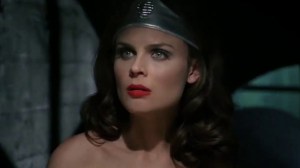Saw X landed in theaters last fall, the tenth entry in the dark and twisted horror franchise. Over the past two decades, the franchise has not only been a touchstone among horror fans, but the franchise’s plot, characters, and twisted traps have permeated all corners of pop culture. A key component of the series is that victims are subjected to absolutely brutal methods of death, while the plot itself often culminates in an entirely unexpected reveal. Ahead of the release of the latest installment, we look back at its predecessors to see where the series currently stands.
Videos by ComicBook.com
The original film debuted at the Sundance Film Festival in 2004, quickly becoming mythical around the horror world for its disturbing concept and graphic violence. In October of that year, the film premiered in theaters across the country, becoming a huge success, especially given its minuscule budget.
As the film never relied on major stars and often played out in only a handful of locations, the format could regularly, and quickly, be repeated for follow-up films. Up until 2010, a new Saw film would hit theaters the Friday before Halloween, providing audiences with plenty of blood and guts to get into the spirit of the holiday.
The critical and financial success of Saw X resulted in Lionsgate confirming that a Saw 11 was on the way, so here’s how the franchise stacks up after officially entering double digits.
10) Saw II
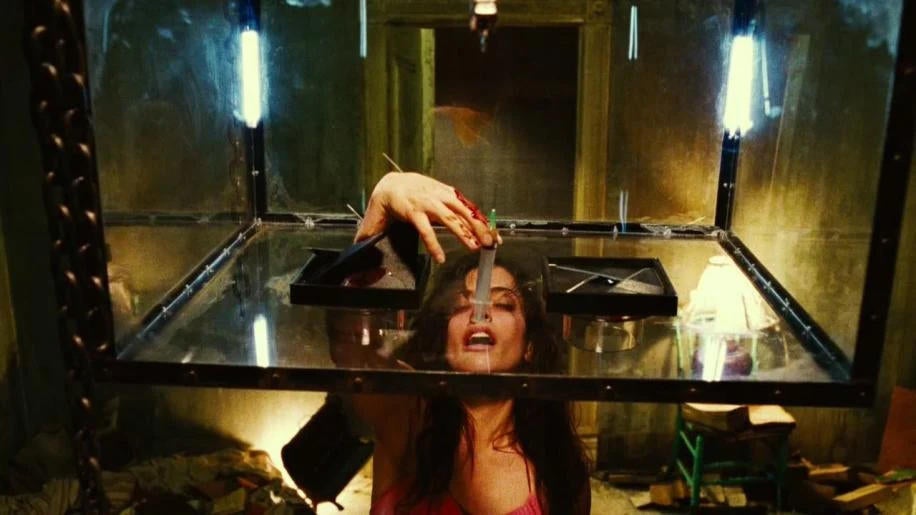
The development of Saw II is a clear example of Lionsgate having no idea the kind of magic that it had captured with Saw, immediately greenlighting this sequel after the opening weekend success of the first film.
While the original film focused on contained groups of people, Saw II took the “bigger is better” approach and immediately upped the stakes by forcing multiple people to work together in a house to find their freedom. In addition to Jigsaw, a.k.a. John Kramer (Tobin Bell), getting more screentime to explore his motivations, we also learned more about Amanda Young (Shawnee Smith), who managed to escape one of his traps and come to appreciate life like never before.
Thanks to the success of Saw, the filmmakers behind the original, James Wan and Leigh Whannell, had moved on to other projects by the time the film was released, which made them unavailable to develop the sequel. The result was a film that felt rushed and merely repeated the original film’s formula, but with more people, while failing to inject anything new into the saga.
9) Saw IV

Compelling characters that the audience builds connections with has never been a strong suit of the Saw series, with Saw IV being yet another example of these shortcomings.
After the disappearance of his partner in Saw II, Rigg (Lyriq Bent) is consumed by his quest to find him. This quest to do good is what leads to his downfall, as he is given the clues to find his partner, but with each person stuck in a trap he comes across, he delays the discovery of his partner by helping them out of their trap. Rigg’s law enforcement background and refusal to ignore those in need end up becoming the biggest obstacles he must overcome.
Given how much the first three films focused on victims sacrificing their own bodies in order to continue living, the fact that Saw IV decided to keep its main character safe throughout the process by making him sacrifice other people felt like a bizarre shift for the series. It resulted in a contradictory narrative, especially compared to every other installment in the series.
8) Saw III

Much like Saw II had previously done, the filmmakers didn’t quite know the potential they had on their hands and attempted to recreate the first two films in a paint-by-numbers format.
In hopes of lending a more emotional core to the story, this film focused on a man whose son was killed by a drunk driver embarking on a journey that forced him to confront people who led to the driver’s freedom. His choice was either help the people he wanted revenge against or recognize their atonement to set them free. Another attempt at playing on the audience’s emotions was featuring Kramer’s terminal illness coming to fruition, using traps to coerce a doctor to extend his life to the best of their abilities.
After the first film, the concept of Jigsaw having an apprentice was introduced, but the explanation of this apprentice didn’t entirely feel organic. With Saw III, we at least got a villain whose motivations seemed more clear and their character played an integral role in future installments.
7) Jigsaw

Ahead of the release of Jigsaw, the marketing campaign was largely devoid of confirming any connection to John Kramer, which was especially helpful considering he had died in the franchise’s canon years earlier.
Like many other entries in the series, Jigsaw features a number of characters who are oblivious to their connection to one another, with the deadly traps they are subjected to killing them off one by one. As we get closer to the film’s conclusion, we learn that the film has been unfolding with a fractured timeline and that half of the story was a prequel to Saw and the other half is set ten years after Kramer’s death.
The gap between Jigsaw‘s release and its predecessor is the longest audiences have had to wait for a Saw movie, and while the timeline reveals took some viewers by surprise, it was still a relatively formulaic and underwhelming outing.
6) Saw VI
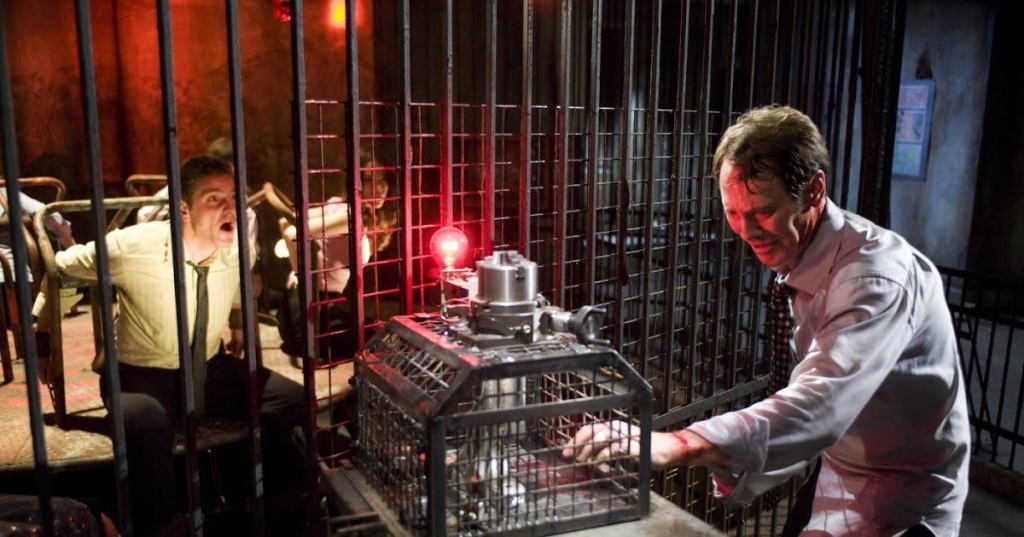
After years of formulaic narratives, the sixth film in the saga got slightly political, taking a stance on the health care system and insurance companies in America.
When an insurance executive wakes up in a warehouse, he learns that at the end of a series of mazes, he’ll reunite with his captured family. Along the way, he’ll be forced to choose between his employees, deeming who gets to live and who has to die. Ultimately, we learn that this executive denied coverage for John Kramer prior to his death, with Jigsaw’s apprentice exacting their revenge for the seemingly arbitrary rules for insurance companies that allow its clients to die.
Throughout the previous five films, the closest an audience member got to sympathizing with anyone in the film was putting themselves in their situation in regards to a trap, but the incorporation of the insurance elements gave the film a deeper emotional impact and shed light on insurance companies only viewing their clients as statistics.
While this might have been the only attempt to introduce social themes into a narrative, it marked a welcome change for the series, despite the film’s characters and traps being unexceptional.
5) Saw V
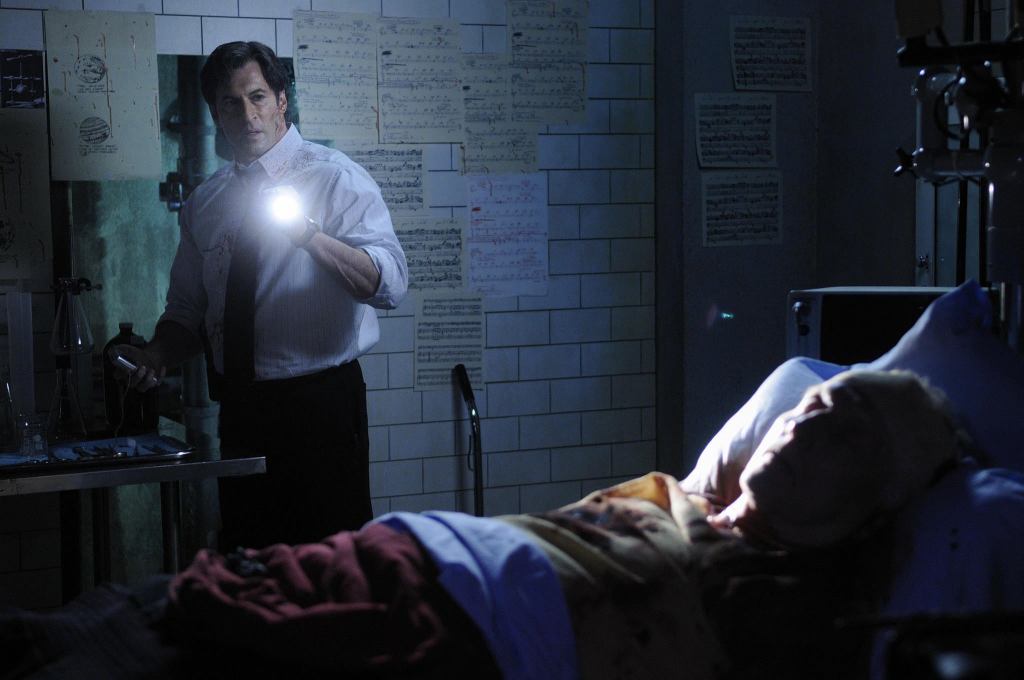
The early installments in the series often focused on one character in isolation, with no one to help, having to decide their own fate. With Saw V, however, the series utilized themes of cooperation and selfishness in hopes of adding complexity.
Five people wake up in a room together and are instructed to “ignore their instincts” in hopes of finding salvation, only for one of these five to die. In the next room, another sacrifice has to be made, with the implication that each subsequent room will result in one person drawing the short straw. By the time the remaining survivors reach the final room, they finally understand what their instructions about ignoring their instincts meant, causing them to regret all of their decisions along the way.
In a series full of twists and turns regarding a killer and the police’s attempts to identify them, this chapter in the saga provided audiences with a conceptual twist as opposed to a narrative one, reminding us of the core message behind Jigsaw’s motives, which are about sacrifice merely for the sake of appreciating life.
4) Saw 3D

Billed as the “Final Chapter” in the saga, the horror film cashed in on the trend of 3D effects to provide audiences with a new experience, a goal it somewhat accomplished.
Among many of the film’s victims, Bobby (Sean Patrick Flanery) is targeted because he claims to have been a previous victim of Jigsaw who escaped and wrote a self-help book. As the still-living Jigsaw killer knew Bobby was a fraud, they forced him to embrace the lessons he claimed to have learned in the stories that earned him a personal profit. Bobby is forced to figuratively put his money where his mouth is to see if he truly deserves to survive, while vigilantes who disagree with the current Jigsaw’s motives spring into action in hopes of honoring John Kramer’s true legacy.
Whether you watch this film in 3D or in a standard format, all of the traps were designed to create explosive mayhem and carnage. The series has never shied away from violence, but seemingly refused to admit that the most compelling component of each film was the gore, which this installment fully embraced for the 3D format. Not only are the special effects of the traps some of the best in the whole franchise, the element of the vigilantes pays its respects to the original film and what made it unique, as the vigilantes themselves seemingly represented fans of the first installment.
Additionally, this film featured the return of Cary Elwes, who had been missing since Saw, lending a nice bookend to the supposed final installment.
3) Spiral: From the Book of Saw

Arguably the most controversial chapter in the franchise, Spiral: From the Book of Saw is also the most successful installment since the original movie.
Serving both as a spinoff and reboot from the core franchise, Spiral was developed by star Chris Rock, much to the surprise of horror fans around the world. Instead of immediately putting victims in all manner of horrifying devices, much of the film unfolds like a typical detective story, with Rock injecting plenty of humor into the endeavor. By the film’s conclusion, we learn how this seemingly unrelated narrative connects to the story of John Kramer, despite being the only entry in the series to avoid any appearance of Tobin Bell.
Spiral delivered all the twisted traps that audiences expect from the series, yet framed them in a way that felt fresh. In fact, had the film been an entirely standalone adventure without any connections to Saw, it might have been a more fulfilling experience, yet by merely reimagining the perspective of why these traps are being created, the franchise was injected with a bolt of excitement, even though this spinoff narrative has since been abandoned.
2) Saw X
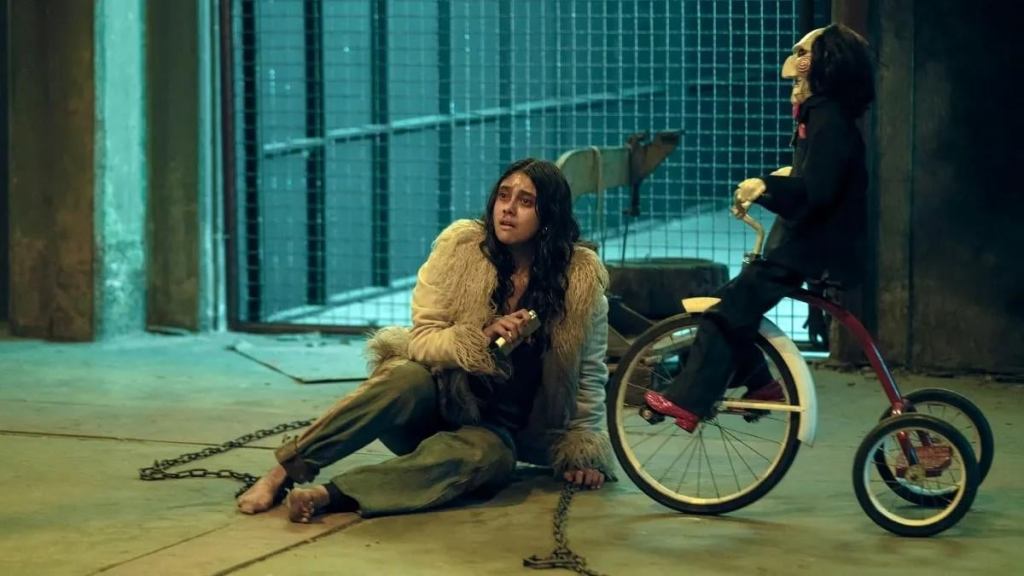
Many iconic horror franchises have familiar faces that audiences connect with a series, and while Saw is known for its “Billy” puppet, another key component is Tobin Bell’s John Kramer. Despite being the tenth entry into the series, Bell earns more screentime than in any other entry, easily elevating the experience above virtually every other entry.
Set between the events of Saw and Saw II, the plot sees Kramer heading to Mexico in hopes of getting treatment for his cancer. Instead, he finds he has become the victim of an elaborate hoax, and if there’s one person’s life you don’t want to mess with, it’s Jigsaw’s.
The traps in Saw X are as grisly and gruesome as ever, and while there are still some unexpected plot twists, it marks one of the more linear and straightforward narratives of the series, with Kramer himself witnessing his victims suffer for their exploitation of a cancer patient’s hopes as opposed to operating from the shadows. It took nearly 20 years, but by getting back to the basics of the franchise and allowing Bell an opportunity to show his impressive acting abilities in ways other films have failed him, it’s easy to see how Saw X could become such a standout.
1) Saw
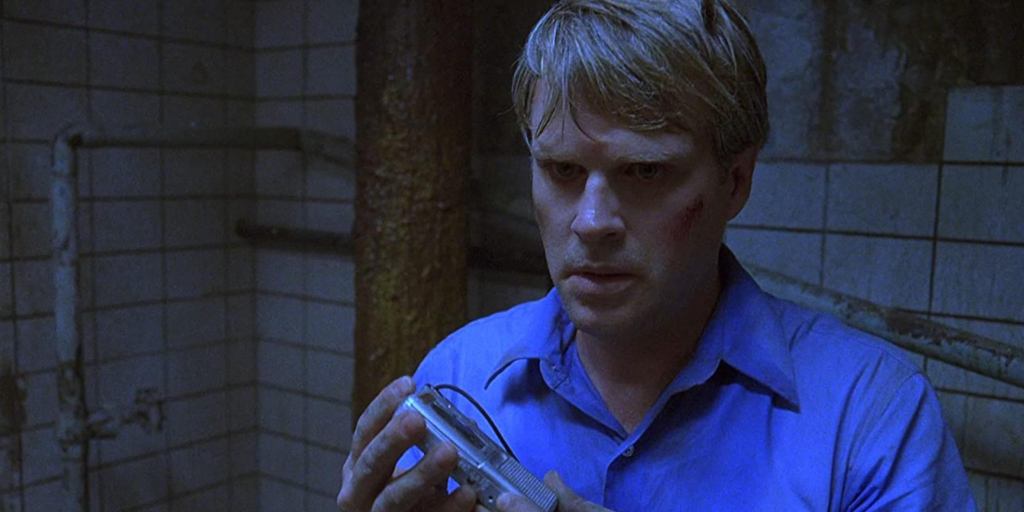
Unsurprisingly, the original film still reigns supreme as the most interesting chapter in the series, as it marked a shift in the genre world.
Two men wake up in a decrepit bathroom with their legs chained to immovable objects. They both have handsaws within reach, but the blades aren’t strong enough to cut through their restraints. A cassette tape alerts them to the decision they must make: live or die.
The late ’90s was full of the genre’s return to teenage slashers like Scream, I Know What You Did Last Summer, and a variety of imitators. The release of Saw both harkened back to the gross and gory films of the ’80s while also incorporating the latest special effects to disgust audiences like never before. The Saw series, in conjunction with films like the Hostel series and the Human Centipede series, demonstrated that, first and foremost, the violence its main characters were subjected to were the most important element of each film, as opposed to creating compelling characters or a terrifying narrative.
In the wake of the first Saw, a number of genre films aimed to replicate its successes by focusing mainly on gruesome special effects, but the subtleties of the original Saw and shocking narrative twists made for a compelling horror film that breathed life into a genre that had become saturated with teen screams in ways imitators continue to try to replicate.
Saw 11 lands in theaters on September 27th.
What do you think are the best entries in the series? Let us know in the comments or contact Patrick Cavanaugh directly on Twitter to talk all things Star Wars and horror!






